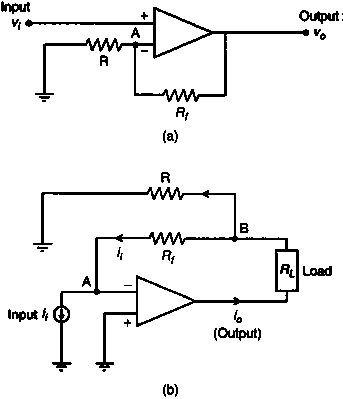SKEDSOFT
Voltage, Current, and Power Amplifiers
Any type of amplifier can be constructed from scratch in the monolithic form as an IC chip, or in the discrete form as a circuit containing several discrete elements such as discrete bipolar junction transistors or discrete field effect transistors, discrete diodes, and discrete resistors.
But, almost all types of amplifiers can also be built using operational amplifier as the basic building block. Since we are already familiar with op-amps and since opamps are extensively used in general amplifier circuitry, we prefer to use the latter approach, which uses discrete op-amps for building general amplifiers.
Furthermore, modeling, analysis, and design of a general amplifier may be performed on this basis.
If an electronic amplifier performs a voltage amplification function, it is termed a voltage amplifier. These amplifiers are so common that, the term “amplifier” is often used to denote a voltage amplifier.

uo=output voltage
ui=input voltage
Ku=voltage gain
Voltage amplifiers are used to achieve voltage compatibility (or level shifting) in circuits. Current amplifiers are used to achieve current compatibility in electronic circuits.
A voltage follower has Ku=1 and, hence, it may be considered as a current amplifier.
Besides, it provides impedance compatibility and acts as a buffer between a low-current (high-impedance) output device (signal source or the device that provides the signal) and a high-current (low-impedance) input device (signal receiver or the device that receives the signal) that are interconnected.
Hence, the name buffer amplifier or impedance transformer is sometimes used for a current amplifier with unity voltage gain.